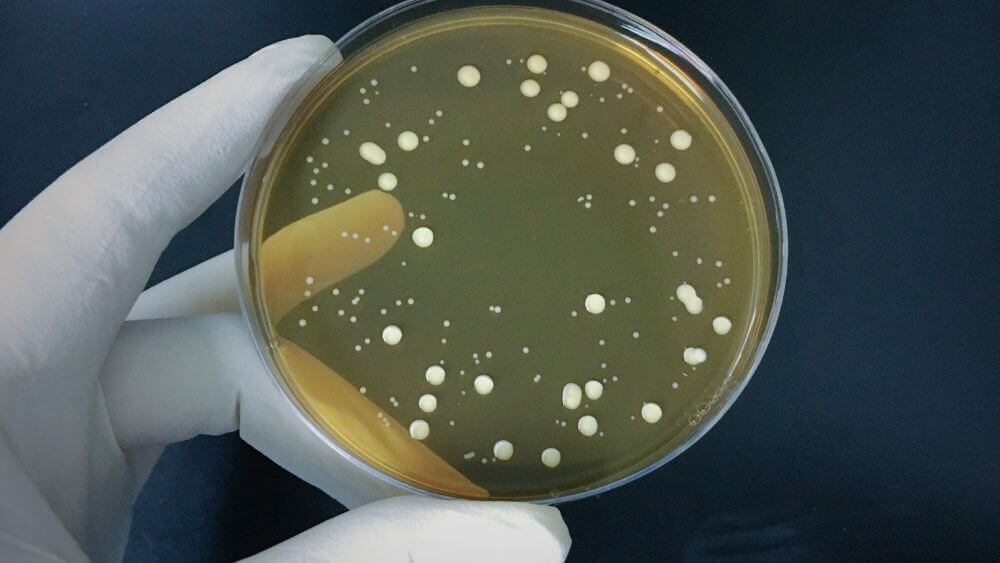Microorganisms: Friend and Foe

Contents
Micro-organisms:
- Living organisms which are not visible through naked eyes are known as micro-organisms.
- These micro-organisms are present everywhere.
- Some micro-organisms like fungus on bread can be seen with the help of a magnifying glass.
- Micro-organisms are classified into 4 major groups: Bacteria, Fungi, Protozoa and some algae.
- Micro-organisms can live in all types of environments.
- They can live in icy cold areas to hot places like desserts.
- They also live under human body and animals.
- Micro-organisms are both helpful and harmful to humans.
- Friendly Micro-organisms are used in the preparation of curd, bread , cake etc..
- They also help in the production of alcohols.
- They are used to make various medicines.
- They are also used in agriculture to increase soil fertility.
- The microbes which are capable of converting the atmospheric nitrogen into fixed nitrogen are called as nitrogen-fixers.
- Some of the biological nitrogen-fixers are Cyanobacteria, Azolla, Frankia etc..
- Harmful micro-organisms causes various types of diseases in human beings , animals and in plants.
- Disease causing micro-organisms are called Pathogens.
- Microbial diseases which can be spread through air, water, food or through physical contact are known as Communicable Diseases.
- Examples of communicable diseases are Cholera, Common Cold, Chicken Pox etc..
- Some insects and animals spread diseases by acting as Carriers of disease-causing microbes.
- Example of carriers are: Housefly, female Anopheles Mosquito( causes Malaria), Female Aedes Mosquito (causes dengue).
- Some common Plant diseases caused by Micro-organisms are: Rust of wheat caused by fungi, Citrus Canker caused by Bacteria etc..
- Some common Animal diseases caused by Micro-organisms are: Anthrax in cattle caused by Bacteria, Foot and mouth disease of cattle caused by a virus.
Bacteria:
- Bacteria are prokaryotic unicellular organisms.
- They develop through Binary Fission.
- Prokaryotic organisms are those organisms which do not have a nucleus.
- Diseases caused by bacteria are Typhoid, Tuberculosis, cholera, Plague etc..
Fungi:
- Fungi are eukaryotic organisms.
- Eukaryotic organisms are those organisms which contain a nucleus.
- Fungi develop through Spore Formation.
- Diseases caused by Fungi are skin problems.
Protozoa:
- Protozoans are eukaryotic organisms,
- They are single- celled organisms.
- They can be free- living or parasitic.
- Protozoans develop asexually through binary fission or multiple fission.
- Disease caused by protozoans are Dysentery, Malaria, Leishmaniasis etc..
Algae:
- Algae are eukaryotic organisms.
- Algae is developed both through sexual and asexual reproduction.
- Diseases caused by algae are Diarrhoea, skin problems etc..
Viruses:
- Virus replicates only inside the living cells of organisms.
- They contain both RNA and DNA.
- They do not get affected by antibiotics.
- Diseases caused by Viruses are Common Cold, Flu, Polio etc..
Making of Curd and Bread:
- Lactobacillus helps in the formation of Curd.
- Lactobacillus multiplies in milk and thus curd is formed.
- Yeast is used in the making of breads and cakes.
- Yeast produces Carbon dioxide during respiration.
- We can tell this by seeing the formation of bubbles where yeast is used.
Fermentation:
- The process in which sugar is converted into alcohol with the help of enzymes is called Fermentation.
- Fermentation process was discovered by Louis Pasteur.
Vaccine:
- Vaccine stimulates the production of antibodies in our body.
- It provides immunity against various diseases.
- Antibodies helps us to fight the disease carrying microbe in our body.
- Antibodies also remember the disease if it comes again.
- This memory of antibodies helps us to get cured from a particular disease forever.
- For example: when we were kids, we have been vaccinated against polio and now we are cured from that disease forever.
- Some diseases which can be prevented from vaccination are Cholera, tuberculosis, small pox etc..
Food Preservation:
- We need to preserve our food from micro-organisms as it spoils our food making it poisonous and unhealthy to eat.
- Salt and edible oils are the common preservatives used to check micro-organisms.
- Sodium benzoate and sodium meta bisulphite are common preservatives.
- Common salt is used to preserve meat and fish.
- Jam and Jellies are prevented by sugar.
- Oil and vinegar prevents the spoilage of pickles.
- Keeping the food at low temperature prevents the growth of micro-organisms.
- Storing in air-tight packets prevent the entry of micro-organisms.
Nitrogen Cycle:
- 78% of nitrogen is present in our atmosphere.
- This atmospheric nitrogen cannot be taken directly by plants and animals.
- The atmospheric nitrogen is converted into fixed nitrogen with the help of certain bacteria and blue-green algae.
- This converted nitrogen is used for the synthesis of plant proteins and other compounds.
- After the death of plants and animals, their nitrogenous waste is converted into nitrogenous compounds by bacteria and fungi.
- These nitrogenous compounds can be used by the plants again.
- Some part is also converted into nitrogen gas which goes into the atmosphere.
- And thus the concentration of nitrogen in the atmosphere remains constant.






Responses